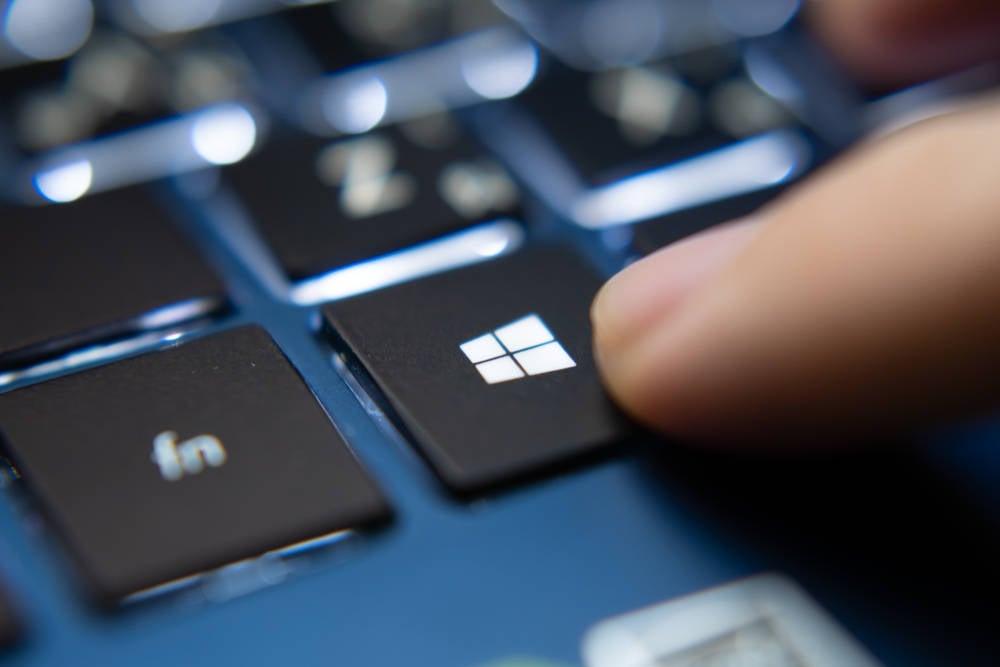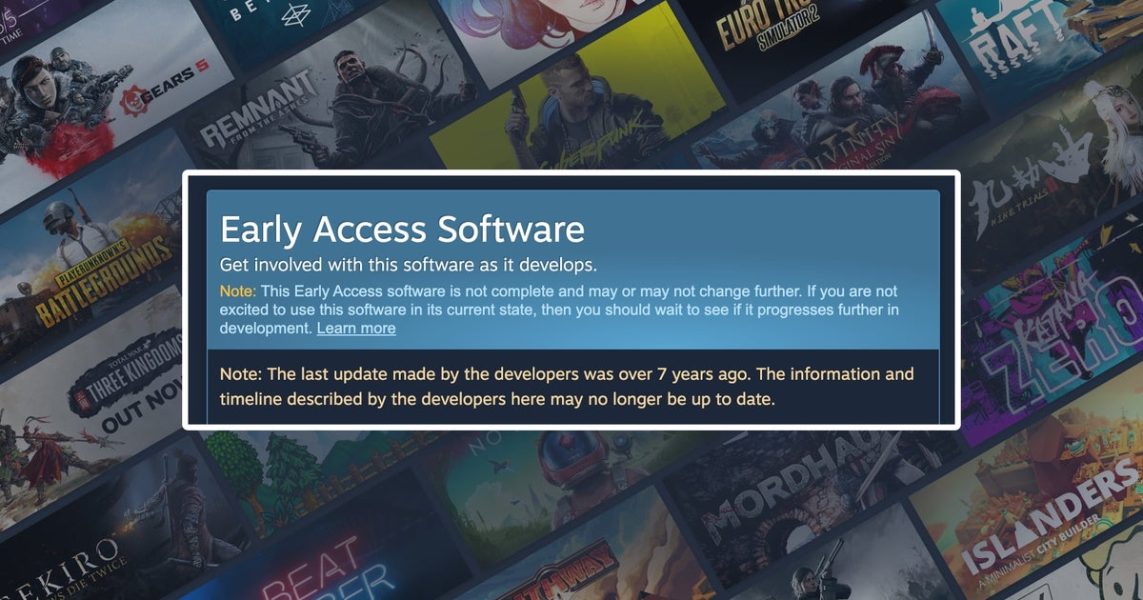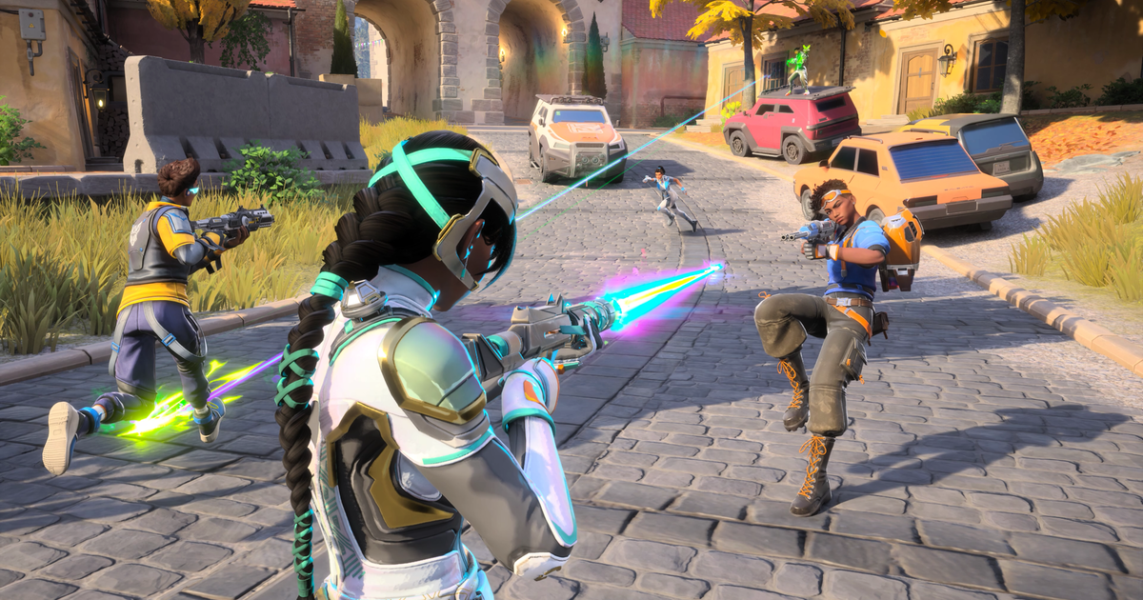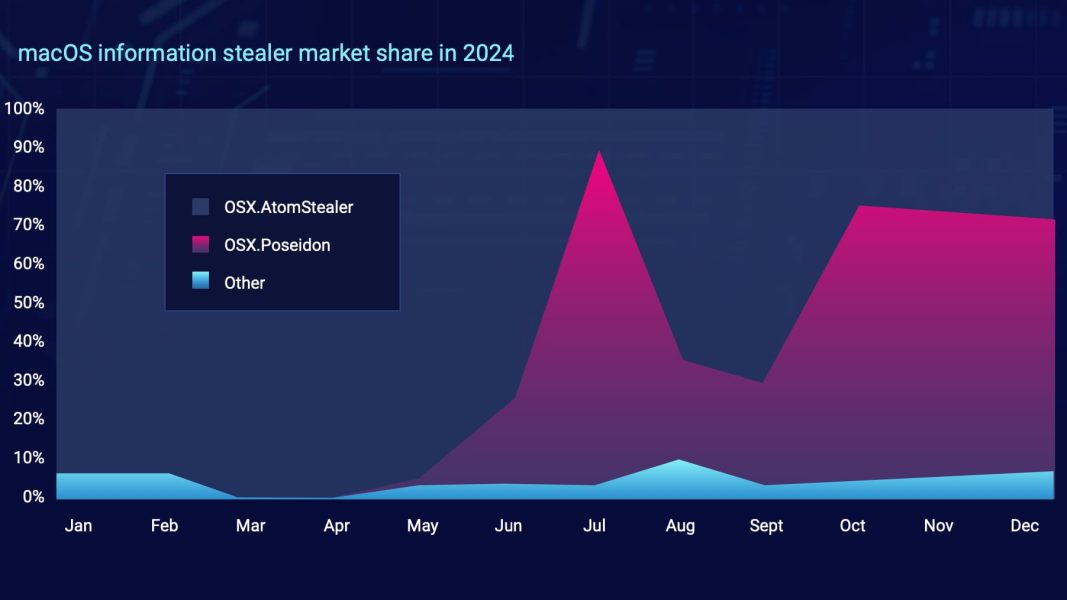Why users still couldn’t care less about Windows 11 – The Register

Comment Users are still steering clear of Windows 11, with some customers describing the sales pitch as “like trying to sell sand at a beach.”It’s an amusing take on the situation, but despite last month’s figures showing a slight uptick in Windows 11’s market share, only the most die-hard Microsoft apologist would insist that the migration is going well. The question is why is it going so badly?When Windows 11 debuted in 2021, Microsoft saddled it with an infamous set of hardware compatibility requirements that ruled out a substantial amount of existing hardware. Users needed a Trusted Platform Module (TPM) 2 and a relatively recent CPU to run the operating system – although Microsoft hurriedly added the Surface Studio 2’s Intel Core i7-7820HQ to the list to ensure its kit was not rejected by the flagship OS.More than three years later, the hardware replacement cycle has turned. The limitations still seem artificial, and users would probably prefer to select how secure they want their desktop to be rather than have Microsoft decide for them, but that older pool of computers is dwindling. Buying a PC that is incompatible with Windows 11 is nowadays a challenge. So that barrier is on its way out.And yet Windows 10 still enjoys a commanding lead over Windows 11 in terms of market share. Why?As for selling sand at the proverbial beach, besides the impending end of support, there are few reasons most users find to upgrade. Many of the new on-by-default features of Windows 11 can be found in Windows 10 and just need to be switched on. BitLocker, for example, is on by default, even in the Home edition of Windows 11 from 24H2.A well-governed enterprise can secure Windows 10, so why would it open the can of worms that Windows 11 could potentially present? The OS was launched with several user interface features missing and a cottage industry has sprung up around restoring them.A Register reader got in touch to complain about his experience updating machines to Windows 11. Missing UI features such as taskbar positioning irritated users, and other problems including Wi-Fi issues caused headaches. In the end, our admin contact downgraded the systems back to Windows 10.Market share data and Windows 11’s current state show that our reader is far from alone.Microsoft has stuck to its guns, however. Support for most versions of Windows 10 will end on October 14, 2025, unless customers pay for extended security updates. The company’s steadfast refusal to lower the hardware requirements for Windows 11 is becoming less of an issue as years go by, even if the hardware upgrade wave is not the tsunami Microsoft and its hardware partners hoped for.There will still be many Windows PCs that are unable to upgrade when the time comes, of course.The problem is that there is no killer Windows 11 feature to drive the majority of users to upgrade other than “a way to keep the patches flowing.”Hardware vendors, once bullish about hardware sales driven by Windows 11, are now turning to AI PCs as their great hope for a return to past growth. However, the Windows 11 experience also highlights an uncomfortable truth: without a clear benefit to upgrading, some users appear reluctant to do so.The marketing teams charged with making Windows 11 appealing to customers have now turned their sights to AI PCs. As with the challenge faced by Windows 11, there is no killer app to drive users to embrace local AI other than perhaps improvements to Windows Search.The price is also a sticking point for AI PCs, something that manufacturers are all too aware of.There were good reasons to move from Windows XP to Windows 7 (once Windows Vista had done the architectural heavy lifting). Windows 10 upped the bar on security. But moving to Windows 11? Administrators would be unlikely to bother if it wasn’t for the support expiry date in October.Windows 11 will inevitably overhaul Windows 10. Microsoft’s intransigence regarding the end of support has all but ensured that IT departments must press the upgrade button rather than pay exorbitant fees for extended support, and many already have compatible hardware in place.A beating from the end-of-support stick will only work so often, particularly when the business case appears to be solely that “we have to do this, or we’ll be out of compliance.” Microsoft must offer more than Recall and Click to Do to appease its hardware chums and shareholders – and to push users into the AI PC upgrade wave that is likely to follow Windows 11. ®Send us newsThe Register Biting the hand that feeds IT
Copyright. All rights reserved © 1998–2025
Source: https://www.theregister.com/2025/02/04/windows_11_avoidance/



